
Hollywood has always glittered with stars, but beneath the dazzling lights and red-carpet glamour lies a rich history built by extraordinary women whose contributions often went unsung. These weren’t just muses or accessories; they were the architects, the innovators, and the rebels who fundamentally shaped the industry as we know it, often battling a male-centric status quo with unmatched courage and creativity. Their stories are a powerful reminder that true star power isn’t just about what happens on screen, but the profound impact made behind the scenes, in boardrooms, and through quiet acts of rebellion.
From the silent era’s shrewd business moguls to the golden age’s groundbreaking directors and the unsung inventors whose genius powers our modern world, women consistently defied expectations. They used their art, their intellect, and their sheer grit to reshape not just films and television, but also the very structures of power within the entertainment world. Each one carved out a unique path, demonstrating that visionary leadership, artistic integrity, and a fierce commitment to change can transform an entire industry.
We’re taking a deep dive into the stories of 15 incredible women who broke barriers, owned their power, and paved the way for future generations. Their legacies are the bedrock of the inclusive and diverse industry we continue to strive for today, proving that a single voice, backed by determination, can spark a revolution. Get ready to be inspired by the trailblazers who didn’t just participate in Hollywood history—they rewrote it.
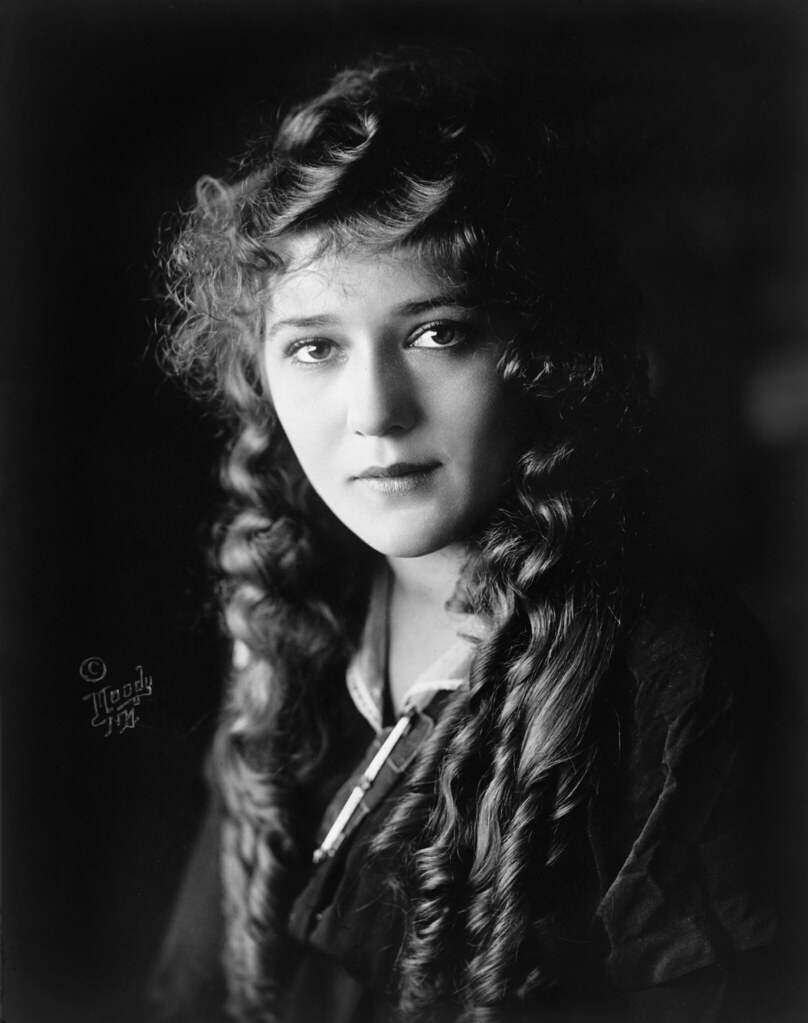
1. Mary Pickford: America’s Sweetheart, Hollywood’s First Mogul
Known affectionately as “America’s Sweetheart” during the silent film era, Mary Pickford was far more than just a beloved movie star. Behind her innocent screen persona lay the mind of a remarkably shrewd businesswoman, a visionary who understood the power of artistic control long before it was commonplace. At just 27, she co-founded United Artists, a groundbreaking move that gave her the unprecedented power to produce and distribute her own films, rather than being beholden to studio executives.
Pickford’s sharp business acumen didn’t stop there. An Oscar-winning actress, she also played a crucial role in co-founding the Academy of Motion Picture Arts and Sciences, further cementing her influence on the burgeoning industry. She was a savvy negotiator who knew her worth, famously earning at least $1 million per year as an actor-producer between 1919 and her retirement—a staggering sum that would equate to over $14 million today when adjusted for inflation.
Her decisions to negotiate unprecedented control over her films and become the first actor to receive a million-dollar contract set a new standard for performer empowerment. As a producer of her own films, Pickford helped establish the vital role of women as power players behind the camera, not just in front of it. Her pioneering business moves and tireless advocacy for artists’ rights created models of independence that influenced Hollywood’s power structure for generations, proving that a sweet smile could also hide an iron will.
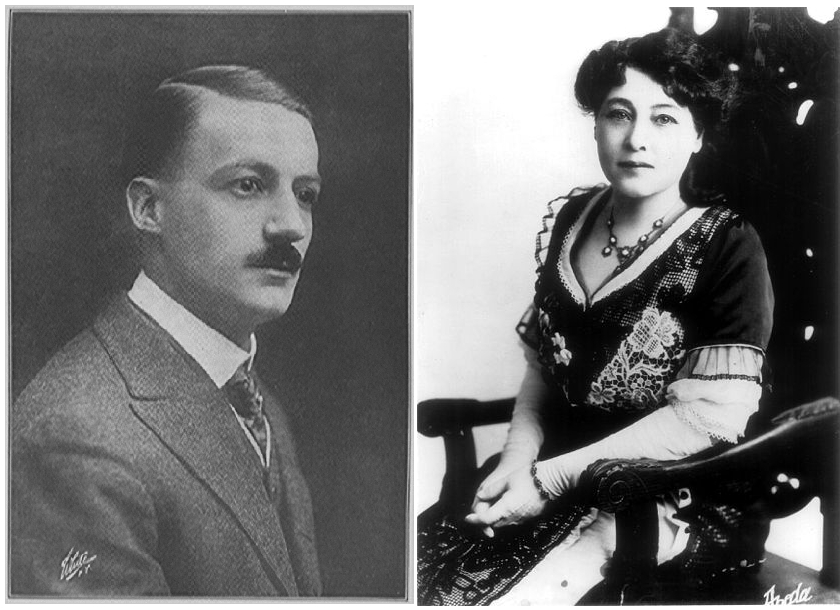
2. Alice Guy Blaché: The World’s First Female Filmmaker
Long before Hollywood became the global epicenter of cinema, a French visionary named Alice Guy Blaché was quietly creating the foundations of narrative filmmaking. Often overlooked in early film histories, she holds the undeniable title of the world’s first female director and producer, and is credited as the first narrative filmmaker full stop. Her work began in France in 1896, where she directed over 1,000 films before many other pioneers had even started their careers, experimenting with sound syncing, color-tinting, and special effects when cinema itself was barely established.
Guy Blaché’s innovative spirit led her to experiment with diverse casting and even gender reversal in her films, challenging societal norms over a century ago. She is also credited with creating the position of head of production, a role that later became the very basis for the studio system. Her foresight in structuring film production profoundly impacted how movies would be made for decades to come, demonstrating a keen understanding of both artistic creation and industrial organization.
Her ambition didn’t stop at directing. Moving to America, she founded Solax Studios in 1910, becoming the first woman to own and run a film studio. She constructed a state-of-the-art facility in New Jersey, featuring innovative glass stages designed to maximize natural light – a testament to her forward-thinking approach. Despite her groundbreaking achievements, Guy Blaché was nearly erased from film history until feminist film scholars rediscovered her work in the 1970s. Her early narrative techniques and visual storytelling methods continue to influence film language that directors still use today, a testament to her enduring, if belatedly recognized, genius.
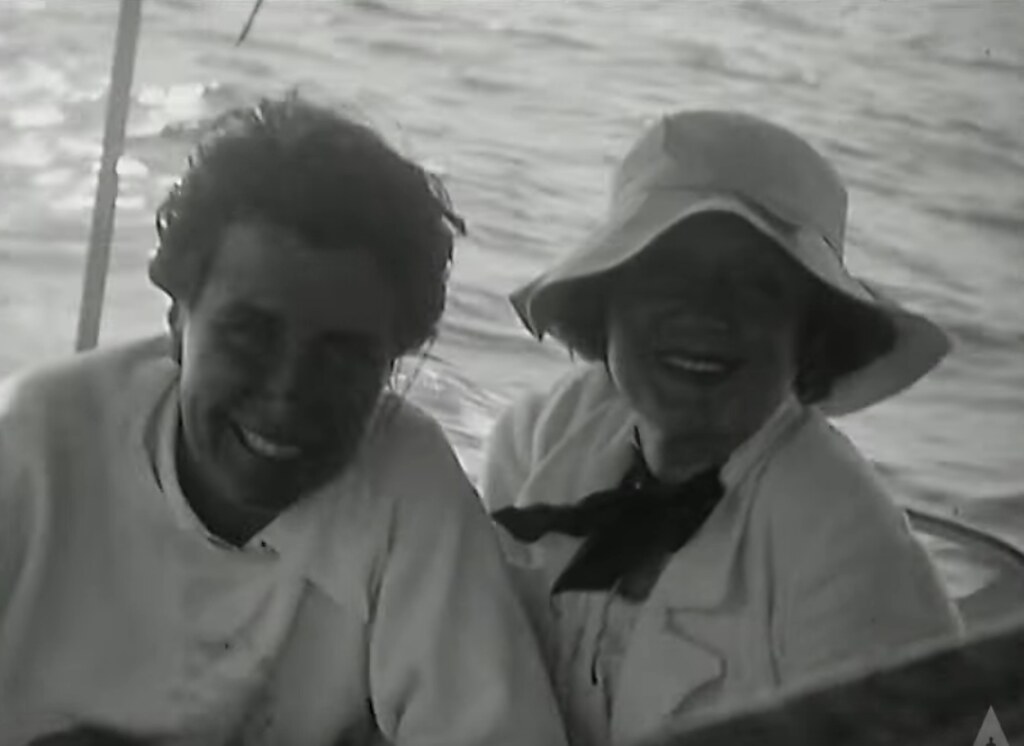
3. Dorothy Arzner: The Unseen Force of the Golden Age
During Hollywood’s fabled golden age, when female directors were a near-mythical presence, Dorothy Arzner emerged as an undeniable force. A film scholar dubbed her “the most prolific woman studio director in the history of American cinema,” a title she earned by directing a remarkable 20 features between 1927 and 1943. Her mere presence as the only female director working in the Hollywood studio system during the 1930s was, in itself, a revolutionary act, challenging the industry’s male-dominated status quo.
Arzner’s contributions extended beyond the director’s chair; she was also a technical innovator. She is famously credited with inventing the boom microphone, a crucial piece of equipment that revolutionized sound recording. She devised it by attaching a microphone to a fishing rod when a performer needed to move while recording sound, solving a practical problem with brilliant ingenuity and forever changing film production techniques.
Her films were as groundbreaking as her technical contributions. Arzner specialized in depicting nuanced female characters and female friendships, portraying women with a depth and complexity rarely seen in that era. She spoke passionately about the importance of women directors, stating in 1930, “Try as a man may, he will never be able to get the woman’s viewpoint in telling certain stories.” Openly lesbian at a time when this was largely taboo, Arzner further challenged Hollywood norms through both her personal identity and professional achievements, leaving a legacy that inspired generations of women filmmakers to embrace their unique perspectives.
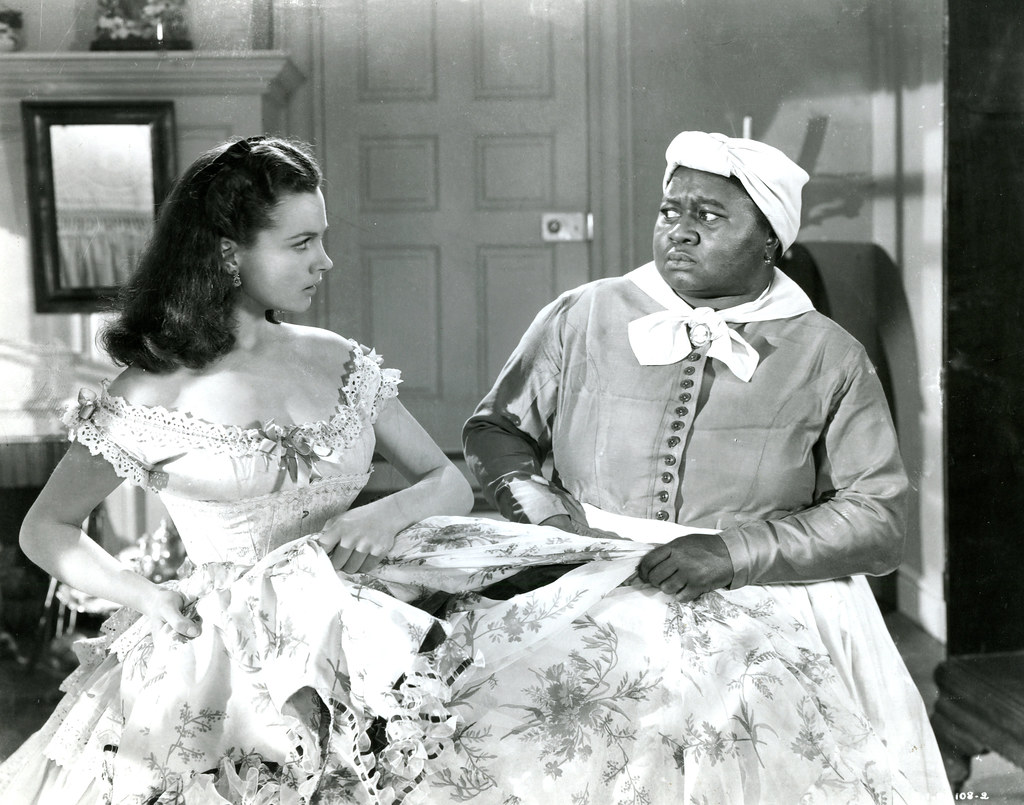
4. Hattie McDaniel: The Oscar Winner Who Battled Segregation
Born in Kansas to former slaves, Hattie McDaniel made history in 1940 as the first African-American actor to win an Academy Award, a monumental achievement for her role as Mammy in “Gone with the Wind.” Her victory was a triumph, but one steeped in the bitter realities of a segregated America. McDaniel famously had to demand that David O. Selznick submit her name for a nomination, showcasing her unwavering determination to be recognized for her talent.
However, the victory was bittersweet. During the ceremony, McDaniel and her escort were forced to sit at a segregated table, separated from her co-stars—a stark reminder of the deep-seated racism permeating even Hollywood’s most celebrated events. This incident underscored the systemic barriers that Black artists faced, even when achieving the highest accolades.
Beyond her iconic Oscar win, McDaniel broke other barriers, becoming the first Black woman to sing on the radio in the U.S. Throughout her career, she played 74 maid roles, a testament to the limited opportunities available to Black actors at the time. Yet, she faced this reality with defiant dignity, famously telling the press, “I’d rather play a maid than be a maid.” Her silent, elegant rebellion in heels paved the path for every woman of color in film who came after her, demonstrating profound resilience and courage in the face of profound adversity.
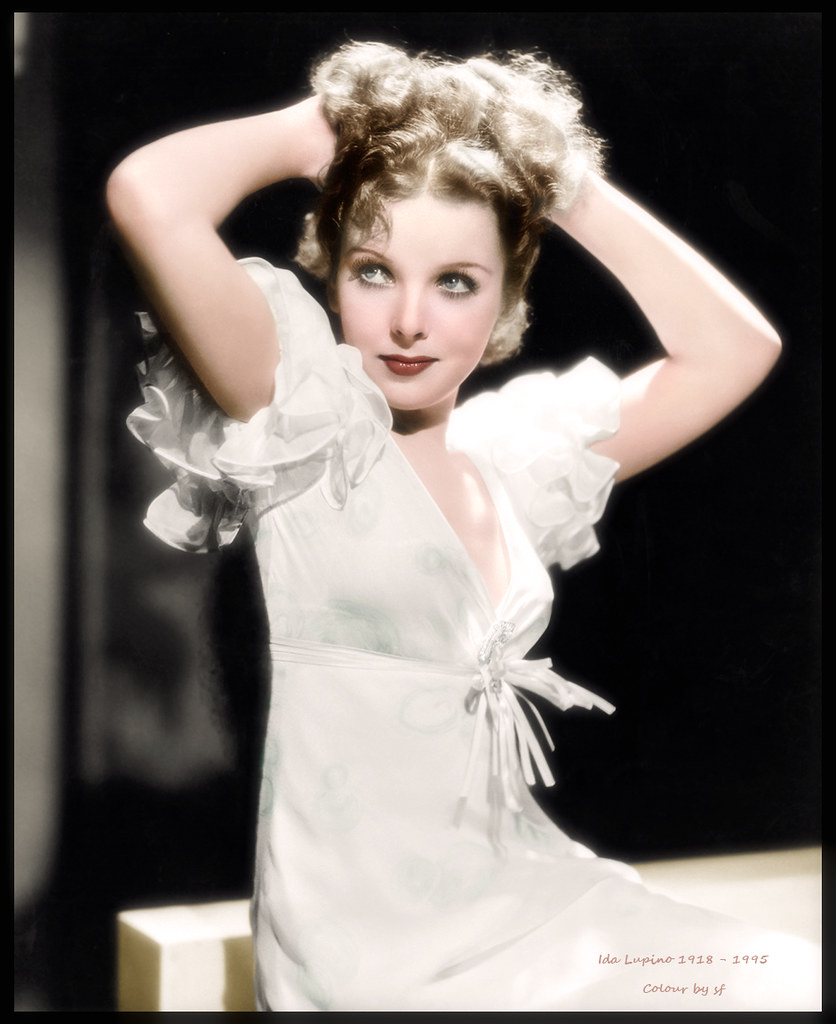
5. Ida Lupino: The Bulldozer Who Tackled Taboo
Ida Lupino, a prolific actress of the 1930s and 1940s, grew tired of the roles offered to her and decided she wanted to tackle “the interesting work” on set. This desire led her to form an independent production company, giving her the creative freedom to write, produce, and direct her own features—a truly audacious move for a woman in that era. She became the first woman to direct a film noir, 1953’s “The Hitch-Hiker,” showcasing her mastery of complex storytelling and genre.
Lupino directed a total of eight socially conscious films that bravely grappled with complex subjects like unwed mothers, rape, and bigamy, topics that major studios typically avoided. Her willingness to confront these taboo issues head-on, giving a voice to stories rarely told, marked her as a truly progressive filmmaker. Working with limited budgets often forced her to develop innovative filming techniques, which in turn influenced later independent filmmakers seeking to tell compelling stories outside the traditional studio system.
As the only female director in the studio system during the 1950s, Lupino prided herself on being a “bulldozer” in business meetings, fiercely advocating for her vision and projects. Yet, she adopted a softer touch on set, where she insisted cast and crew call her “mother,” creating a nurturing and collaborative environment. Beyond feature films, she broke additional barriers by becoming the first woman to direct episodes of major television series, including iconic shows like “The Twilight Zone” and “Alfred Hitchcock Presents,” cementing her legacy as a fearless creative force who refused to be limited by gender expectations or industry norms.
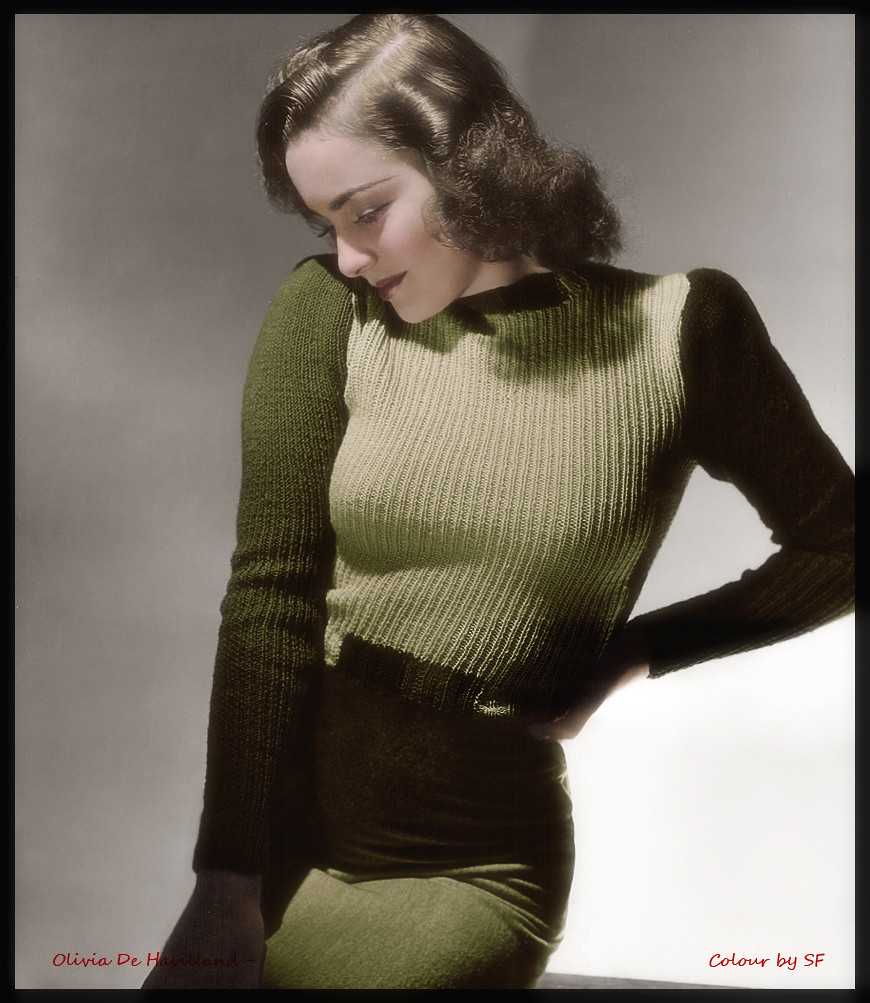
6. Olivia de Havilland: The Actress Who Freed Hollywood
At the tender age of 27, Olivia de Havilland embarked on a monumental battle against the formidable Hollywood studio system – and she won. Her 1944 lawsuit against Warner Bros. was a bold move that could have ended her career, but its outcome profoundly reshaped the industry. She successfully challenged the perpetual contract bondage that tied actors to studios indefinitely, freeing performers from oppressive agreements and establishing crucial employment rights that Hollywood actors still benefit from today.
Her legal battle, now famously known as the “De Havilland Law,” is one of the most significant in Hollywood history. It forever leveled the playing field between powerful studios and their creative talent, shifting power towards the artists and ensuring fairer treatment. This courageous act of defiance, fighting for her own rights, ultimately safeguarded the careers and livelihoods of countless actors who followed.
Three years after her landmark victory, de Havilland won the first of her two Academy Awards for the aptly titled “To Each His Own,” a testament to her resilience and talent. Throughout her career, which spanned over 50 years, she consistently fought for challenging roles that showcased her range beyond the sweet ingenues she initially portrayed. Living to the remarkable age of 104, de Havilland remained a fierce advocate for actors’ rights, her courage against the powerful studio system creating fundamental and lasting changes in Hollywood’s labor practices.
Read more about: Olivia de Havilland: Unearthing the Darker Realities Behind a Golden Age Icon’s Glamorous Persona
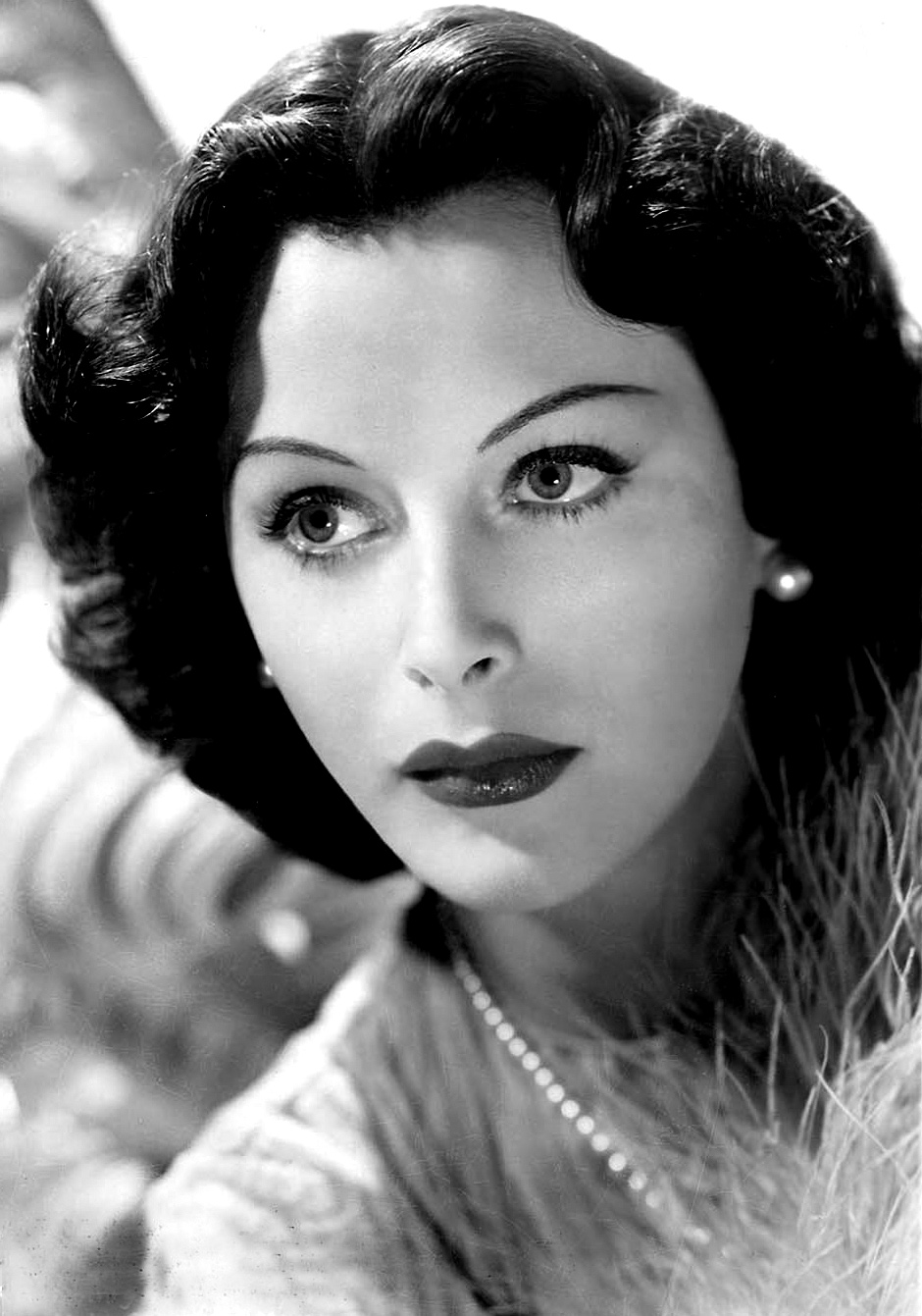
7. Hedy Lamarr: The Glamour Icon Who Invented Wi-Fi
Dubbed “the most beautiful woman in the world” during her Hollywood heyday in the 1940s, Hedy Lamarr possessed a secret second life and an extraordinary mind that changed technology forever. While the world admired her glamorous screen presence, Lamarr enjoyed a hobby far removed from the studios: inventing. After divorcing a wealthy arms manufacturer, she used the information gleaned from him about top-secret weapon systems to pursue her passion for innovation.
During World War II, Lamarr co-invented a frequency-hopping system designed to prevent enemy forces from jamming torpedo signals. This groundbreaking invention, patented in 1942 with her collaborator George Antheil, laid the fundamental groundwork for modern wireless technologies. Without her genius, we might not have the Wi-Fi, Bluetooth, and cellular communications that are integral to our daily lives today.
Despite her immense technical contributions, Hollywood marketed her solely for her beauty, and Lamarr’s scientific genius went largely unrecognized during her lifetime. She did not receive proper recognition until 1997, when the Electronic Frontier Foundation honored her and Antheil with the Pioneer Award. Aware that her beauty often made it difficult for her to be taken seriously for her mind, Lamarr later wrote that her looks “brought me tragedy and heartache for five decades. My face is a mask I cannot remove.” She was the glamour behind the screen—and the uncredited genius behind your smartphone, her dual legacy inspiring countless women to pursue both artistic and scientific passions without limits.
Now, let’s fast forward to the modern era, where a new wave of mavericks and industry shapers has taken up the mantle, redefining roles and pushing for even greater diversity, inclusion, and executive leadership. These women aren’t just adapting to Hollywood; they’re actively reshaping its future, proving that the fight for equality and groundbreaking storytelling is far from over.
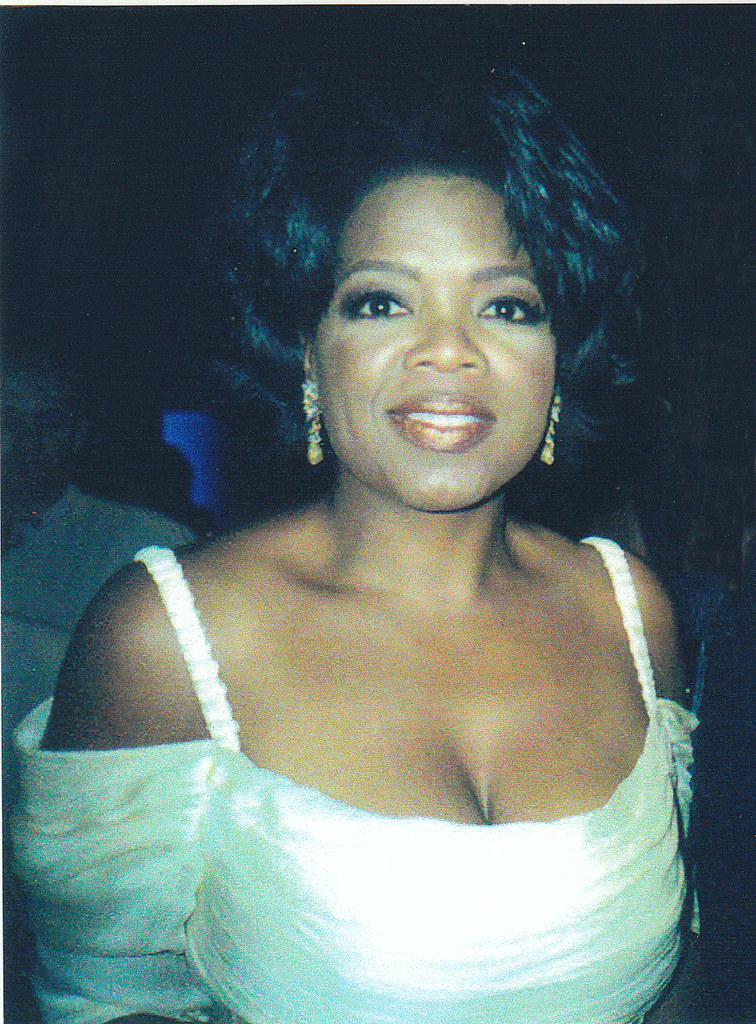
8. Oprah Winfrey: The Media Mogul Who Redefined Influence
Oprah Winfrey isn’t just a name; she’s an institution. She didn’t just revolutionize the talk-television landscape with her incredible 25-season syndicated show; she transcended it. Oprah built a multi-media empire around the powerful idea of self-fulfillment, proving that authentic connection and inspiring content could create unparalleled success. She became North America’s first multi-billionaire Black person, a testament to her business acumen and unwavering vision.
Her influence stretched far beyond the television screen. Through her production company, Harpo Productions, Oprah created groundbreaking content that spotlighted diverse stories long before the industry truly recognized the importance of inclusion. She brought crucial Black stories to mainstream audiences through Oscar-nominated performances in films like “The Color Purple” and powerful productions such as “Selma” and “The Butler.”
Oprah also masterfully demonstrated the immense commercial power of Black women consumers through her renowned book club and media recommendations, compelling Hollywood to acknowledge an audience it had historically overlooked. Her journey is a powerful example that kindness, purpose-driven content, and sharp business instincts aren’t mutually exclusive—they can, in fact, build a $3 billion empire and change the world.
Read more about: From Scarcity to Stardom: 12 Inspiring Journeys of Resilience and Remarkable Success
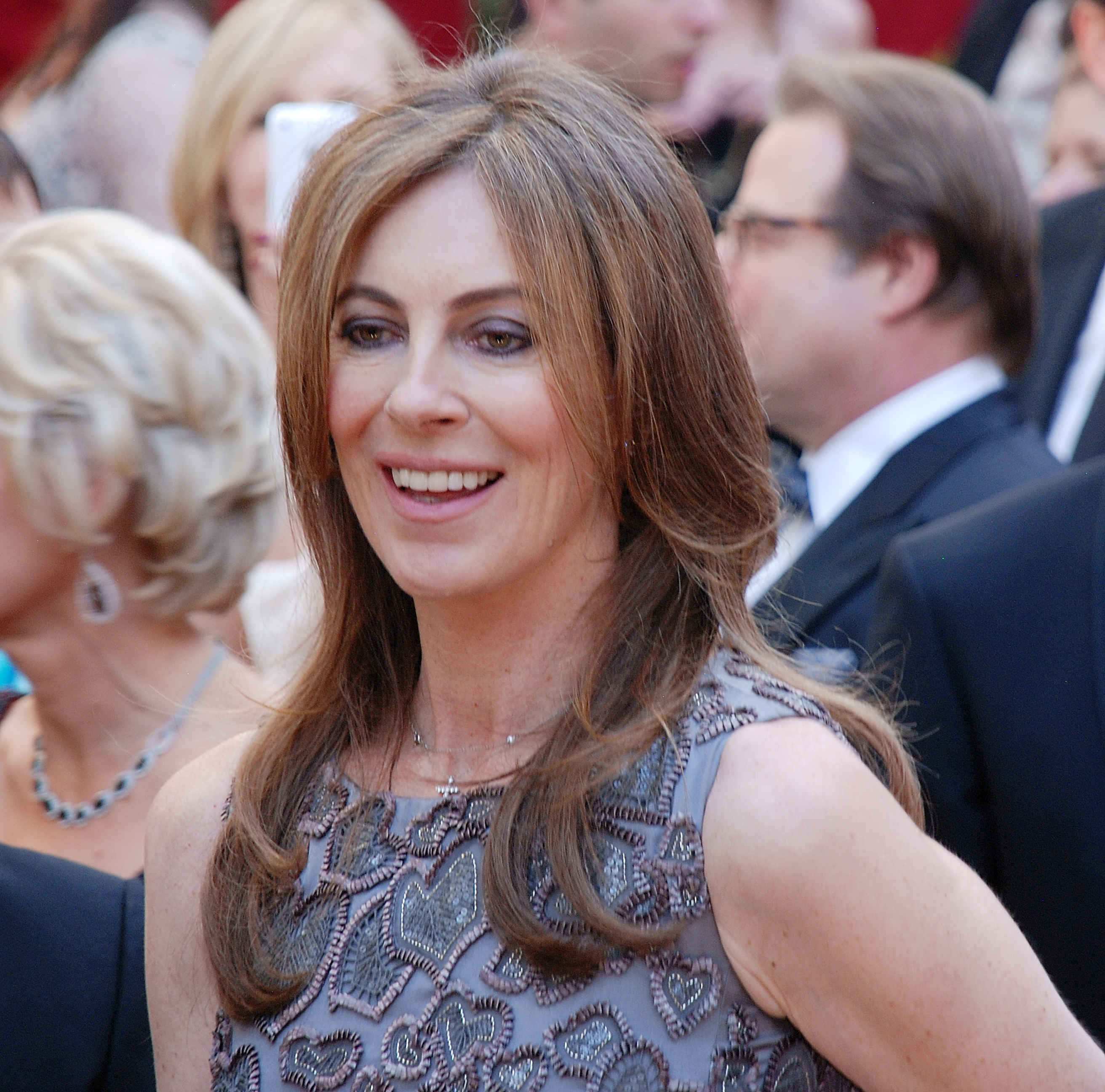
9. Kathryn Bigelow: Shattering the Directorial Glass Ceiling
In a field often stubbornly male-dominated, Kathryn Bigelow didn’t just enter; she dominated. In 2010, she made history by becoming the first—and, to this day, the only—woman to win the Academy Award for Best Director for her critically acclaimed film, “The Hurt Locker.” This monumental victory wasn’t just a personal triumph; it dramatically shattered the stereotype that women couldn’t helm action-packed, high-stakes dramas.
Bigelow is celebrated for her unflinching approach to challenging subjects, consistently tackling complex themes like war, terrorism, and institutional violence with raw intensity and thoughtful character development. Her films demand attention, pushing boundaries not just in terms of genre but also in emotional depth and visual storytelling.
Beyond her historic Oscar win, Bigelow’s legacy has profoundly reshaped perceptions of female directors in the industry. She proved that women can excel in traditionally male-dominated genres, delivering critically acclaimed and commercially successful films without ever compromising their artistic vision. Her pioneering spirit continues to inspire a new generation of women to take charge behind the camera.
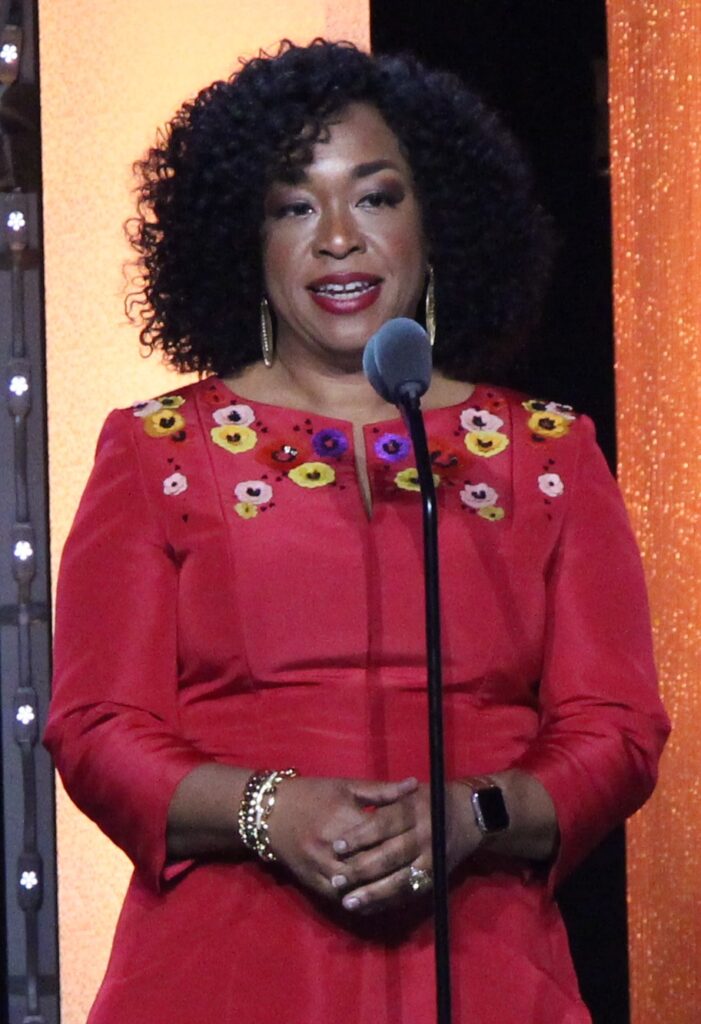
10. Shonda Rhimes: The Architect of Modern Television
If you’ve watched a gripping, character-driven drama on television in the last two decades, chances are you’ve experienced the “Shonda Rhimes effect.” As the mastermind behind iconic shows like “Grey’s Anatomy,” “Scandal,” and “Private Practice,” Shonda radically transformed the television landscape. She proved, decisively, that hugely successful shows could be centered around complicated, powerful women of all races and backgrounds, fundamentally changing what audiences expected and studios produced.
Her production company, Shondaland, dominated ABC’s Thursday night lineup for years, becoming synonymous with compelling, diverse storytelling. Rhimes not only created unforgettable characters but also launched the careers of numerous women and people of color, both on screen and behind the camera. Her commitment to inclusive hiring practices and authentic representation has set new industry standards.
In 2017, Rhimes made headlines with a groundbreaking $100+ million Netflix deal, a move that further changed the entertainment industry’s power structure. This shift accelerated the move away from traditional networks and established new compensation benchmarks for top creative talent. Shonda Rhimes isn’t just a showrunner; she’s a visionary who built an unprecedented TV empire on the foundation of powerful, diverse female voices, leaving an indelible mark on how stories are told and consumed globally.

11. Jane Fonda: The Enduring Activist and Reinventor
Jane Fonda’s career is a masterclass in reinvention, activism, and using one’s platform for profound social change. A two-time Oscar-winning and seven-time Oscar-nominated actress, Fonda has consistently been a role model through her outspokenness and relentless quest to empower women. She carved her own path, refusing to simply be Henry Fonda’s daughter, embracing roles as a successful actor, a workout-video pioneer, a fervent political activist, and a tireless women’s advocate.
Her dedication to social justice often came with significant personal and professional risks. Fonda’s controversial anti-war activism during the Vietnam era showed Hollywood celebrities—and the world—that it was possible to risk a career for deeply held political beliefs. Despite facing intense backlash, she never wavered, continuing to speak out on critical issues from environmentalism to women’s rights throughout her life.
Beyond her acting and activism, Fonda has challenged Hollywood’s ageism. At 50, she launched a revolutionary fitness empire that changed how aging women were perceived in American culture. Her continuing career renaissance, including her hit series “Grace and Frankie,” proves that women over 80 can not only lead successful productions but also continue to inspire, empower, and ignite discussions about representation at every age. She co-founded the Women’s Media Center to further amplify women’s voices, solidifying her legacy as an enduring force for good.
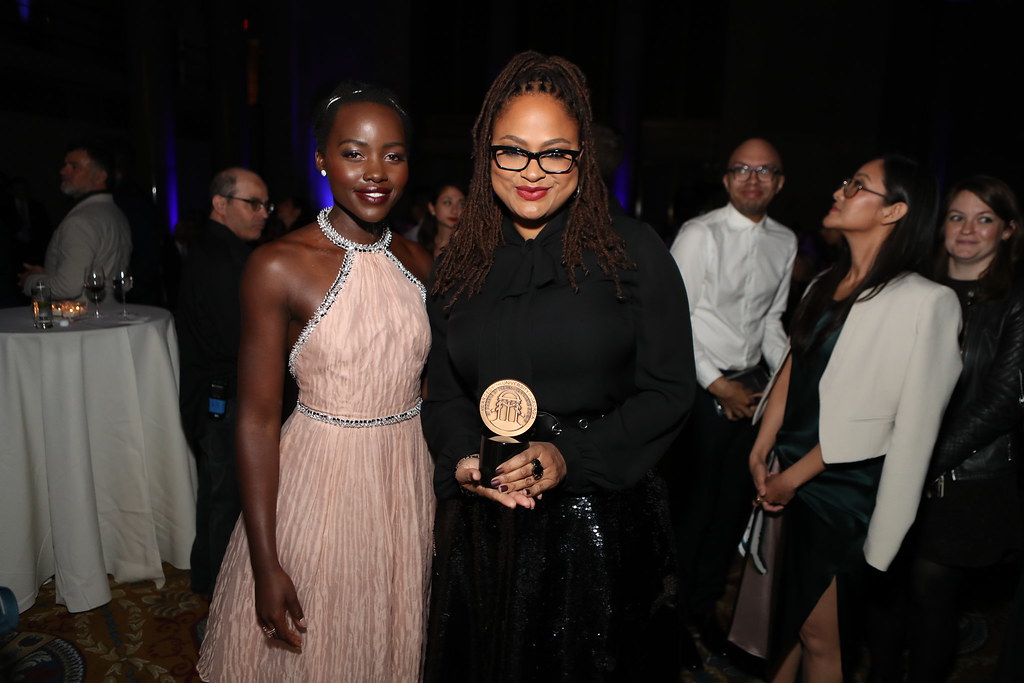
12. Ava DuVernay: A Visionary for Inclusive Storytelling
Ava DuVernay didn’t just make her feature directorial debut; she blazed a powerful, inspiring trail through Hollywood, rewriting the rules for Black women filmmakers. Transitioning from a film publicist to an award-winning director, her extraordinary vision and unwavering determination have led to numerous firsts. Her film “Selma” made her the first Black female director to have a film nominated for Best Picture at the Academy Awards, a monumental achievement that opened countless doors.
DuVernay consistently uses her platform to actively create opportunities for other underrepresented filmmakers, embodying the change she wishes to see. Her distribution company, ARRAY, stands as a testament to this commitment, specifically focusing on films by people of color and women. This vital initiative addresses the systemic barriers that often prevent diverse stories from reaching wider audiences, ensuring that more voices are heard and seen.
Beyond feature films, DuVernay’s groundbreaking limited series, such as “When They See Us,” have demonstrated the immense power of streaming platforms to tell compelling social justice narratives that traditional Hollywood might shy away from. Her work has fundamentally expanded what kinds of stories are considered commercially and critically viable, proving that authentic, diverse storytelling is not only necessary but also incredibly impactful.
.jpg/440px-Greta_Gerwig_at_Barbie_Movie_Reception_(headshot).jpg)
13. Greta Gerwig: Redefining Female Narratives for a New Generation
Greta Gerwig’s evolution from an indie darling actress to a groundbreaking writer-director has fundamentally redefined coming-of-age stories and women’s narratives for modern audiences. Her solo directorial debut, “Lady Bird,” was not just a critical darling, earning five Academy Award nominations, but also announced her as a major filmmaking talent with a distinctive, authentic voice that resonates deeply with viewers.
Gerwig’s adaptation of “Little Women” further solidified her reputation, proving that female-centered period pieces could be both critically acclaimed and commercially successful. Her fresh and relevant approach to the classic novel brilliantly highlighted themes of artistic ambition and financial independence for women, captivating a new generation while honoring its timeless essence.
Then came “Barbie.” With this film, Gerwig transformed a corporate intellectual property into an undeniable cultural phenomenon that sparked global conversations about feminism, gender roles, and societal expectations. She has repeatedly demonstrated that women’s stories can not only dominate the box office but also offer nuanced, insightful social commentary, proving that female perspectives are not just valid but universally compelling.

14. Sherry Lansing: The Trailblazing Studio Executive
Sherry Lansing is a true titan who shattered the executive glass ceiling in Hollywood, blazing a trail for countless women in leadership. After rerouting a short-lived career as an actress to work behind the scenes, she achieved an extraordinary series of firsts. In 1980, she became the first female president of 20th Century Fox, and then in 1992, the first female studio head when she accepted the chairmanship of Paramount Pictures’ Motion Picture Group.
Her groundbreaking appointments opened doors for women in film industry leadership positions that were previously considered unreachable, demonstrating that women could, and should, hold the highest echelons of power. During her remarkable tenure as chairman and CEO of Paramount Pictures from 1992 to 2005, Lansing oversaw the release of an astonishing 200 films.
This incredible slate included blockbusters and Academy Award winners like “Forrest Gump,” “Braveheart,” and “Titanic,” showcasing her unparalleled business acumen and proving that female leaders could guide studios to both artistic prestige and massive commercial success. Beyond her executive achievements, Lansing established crucial mentoring programs designed to help women advance in the industry, and her philanthropic foundation continues to support vital causes like cancer research, education, and further opportunities for women in film. Her legacy is one of empowering women both in front of and behind the cameras, and in the corner offices.
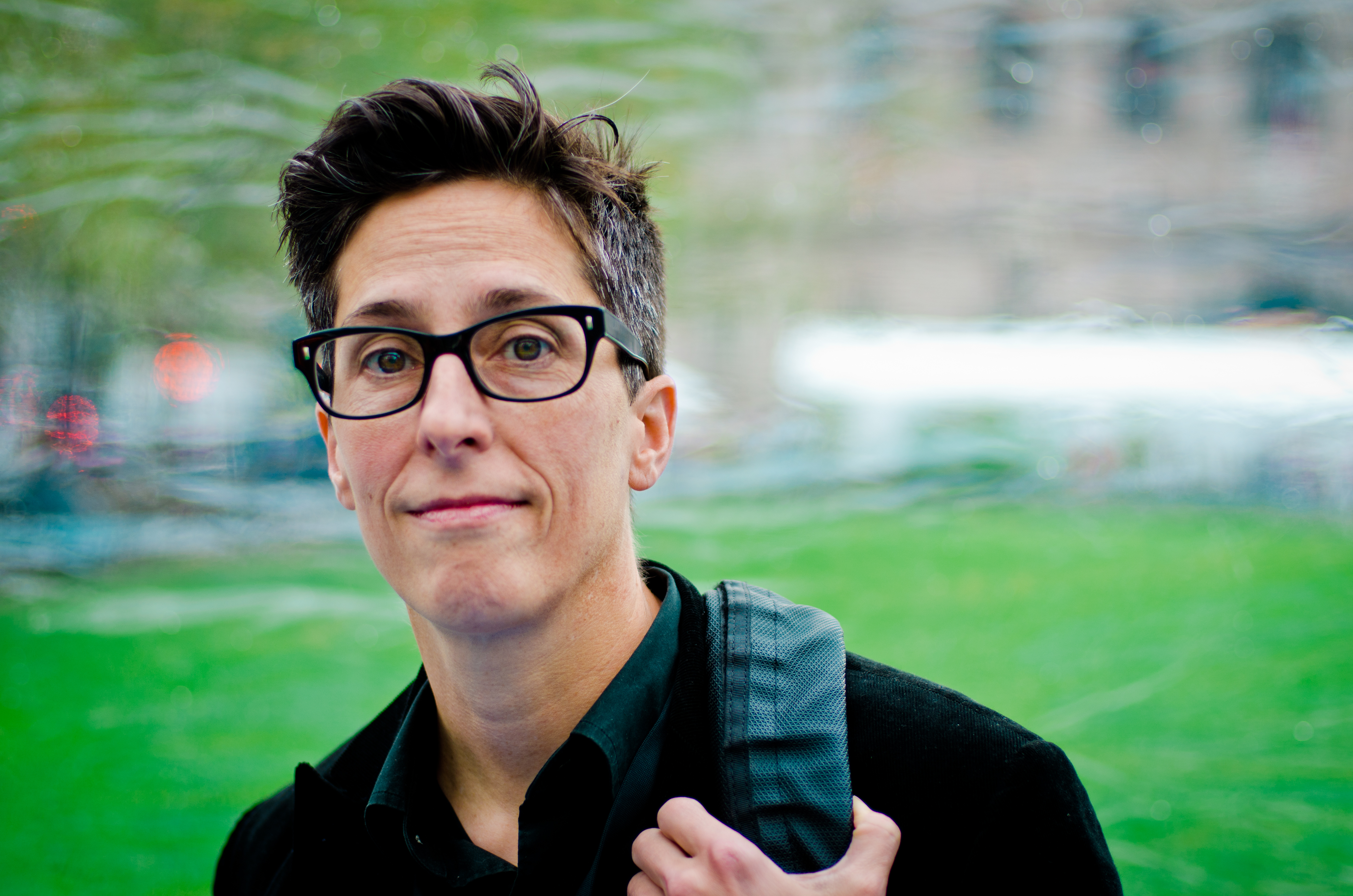
15. Alison Bechdel: The Cartoons That Changed Film Analysis
Alison Bechdel, a brilliant cartoonist, may not have directed blockbusters or run a studio, but her unassuming comic strip panel forever changed how we analyze gender representation in film. In 1985, she created what became universally known as “The Bechdel Test,” a simple, yet profoundly revealing, three-part criteria to assess female representation in movies. It asks: does a film feature at least two named female characters who talk to each other about something other than a man?
The genius of the Bechdel Test lies in its deceptive simplicity. It starkly highlights just how many films, even major motion pictures like “The Magnificent Seven” or “Doctor Strange,” fail this incredibly basic measure of female character development and narrative autonomy. What began as a humorous observation in an alternative comic strip quickly evolved into a serious analytical tool, adopted by critics, studios, and even film festivals worldwide.
While never intended as a comprehensive measure of a film’s quality, the Bechdel Test has sparked crucial and ongoing conversations about gender bias in screenwriting and storytelling. Its influence continues to shape how films are written, produced, and evaluated today, forcing a much-needed spotlight on whether women are truly seen, heard, and given meaningful agency on screen. Bechdel’s deceptively simple creation proved that sometimes, the most revolutionary ideas come from the most unexpected places.
**Hollywood’s Ongoing Evolution: A Legacy of Unstoppable Women**
From Mary Pickford’s shrewd business prowess in the silent era to Greta Gerwig’s box office-dominating feminist narratives, the story of Hollywood is undeniably interwoven with the trailblazing efforts of extraordinary women. They didn’t just break barriers; they built new foundations, reshaped power structures, and insisted on a more inclusive and equitable industry. Their legacies are not just chapters in history books; they are living blueprints for future generations, demonstrating that vision, courage, and a relentless pursuit of purpose can truly change the world. These women remind us that the most compelling stories are often those told by the ones who dared to write their own rules, pushing Hollywood, and society, forward, one powerful stride at a time. The evolution continues, fueled by the unstoppable spirit of women who refuse to be silenced. Whose story will inspire the next revolution?



